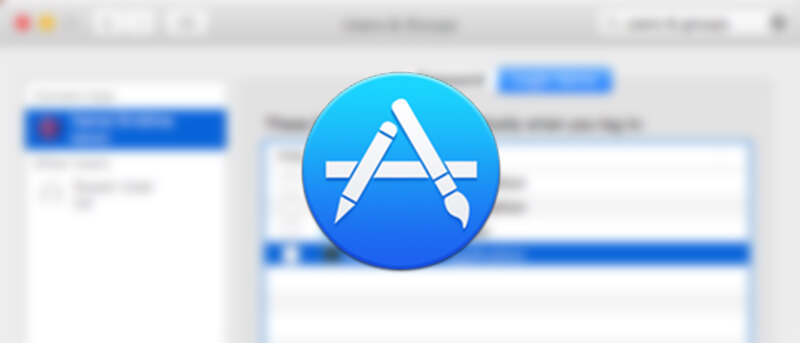Server-Side Ad Insertion (SSAI): All Questions Explained in One Guide

The use of video content is becoming more popular than ever before in the world of eCommerce. For instance, over 1.5 billion registered users visit YouTube daily to explore different video content. Companies are beginning to think of ways on how to get the best results from their video content. Although there are many ways or methods to achieve such a goal, one has proven to be the most effective in recent times. This is known as server-side ad insertion. The primary aim of this post is to reveal everything you need to know about server-side ad insertion. After checking out the details below, you will understand why this is one of the easiest and most effective ways to monetize your video content.
What is server-side ad insertion?
This is a technology that tends to focus on combining both videos as well as ad content. Instead of this to display on your target audience’s browser, it is usually done at CMS (Content Management System) level. It is also known as “ad stitching” or “dynamic insertion” and has been around for years. In simple terms, server-side ad insertion is the practice of stitching ads into videos. It is the opposite of client-side ad insertion whereby separate third-parties are delivering the ads.
The problem is that videos and ad content are on different files, which can bring about buffering and latency issues. With SSAI, all of these problems are eliminated. This isn’t a new technology as some companies and individuals have been using it. However, it has become necessary due to most people using ad-blockers, which can reduce your revenue considerably. In fact, studies have shown that video creators lose around 30% of their revenue due to ad-blockers.
How does SSAI work?
Dynamic insertion works in a quite simple way that anyone can understand. The primary aim is to optimize your results from video ads. In this case, video ads become part of such video content. A typical example of this can be found in some of the videos on YouTube. You will notice that there will be a little interruption in the video if the ads want to play. This is because the ad server is taking time to fetch content for such ads. After a while, the video will begin to play, and viewers can watch such an ad. The problem is that such delay can make you lose sales. With server-side ad insertion, such a problem is completely non-existent. This is because video content and ad content are on a single file. This removes any form of interruption. SSAI makes ads to play alongside video content naturally.
How to Choose the Best SSAI Platform?
There is no doubt that dynamic insertion can help your business generate lots of revenue via optimizing video ads. However, choosing the right SSAI ads platform is very crucial when it comes to experiencing such benefits firsthand. Below are tips to help you choose the best platform for SSAI.
1 Device compatibility
It is very crucial to choose a platform that is compatible with various devices. Since the year 2012, it has been discovered that the number of video views has increased by a whopping 25%. Ensure that your chosen platform supports various devices like PCS, tablets, smartphones, and more.
2 Analytics
The highly-rated SSAI platforms on the internet today have this feature in place. It helps you to know how your video ads are performing. For instance, you will know the average time people spend watching such content and views for each video. This helps your decision-making process to a great extent.
3 Monetization
This is another important tip to consider. Always ensure that the platform you are planning to use is in support of your business model. For instance, it should offer as many options as possible to enable the proper monetization of video content. It could be in the form of pay per view, subscription and others.
When can we use Dynamic Ad Insertion?
Below are some instances when this can be used.
1 Replacing online TV ads
This is one of the ideal times to make use of dynamic ads insertion. In this case, the ad is expected to be seen whenever there is a break during the TV program. The time length for such ads must match the time such break is expected to last.
2 TV catch up
These programs are available for viewers to watch online. A typical example is CNN, ITV, BBC, and other stations. Dynamic ads can be inserted while these programs are taking place for viewers to see and take action. Again the time duration for break and ads needs to match.
Benefits of server-side ad insertion (SSAI)
Server-side ad insertion is growing in popularity due to its benefits. Some of these will be highlighted below.
1 Increased ad views
This is one of the primary reasons why most companies are embracing the idea of server-side ad insertion. Just as explained above, client-side ad insertion had a problem. This was the issue of viewers waiting before ads would start showing. The reason was that the video content and video ads are on different media streaming files. With SSAI, this problem is addressed, thereby increasing ad views.
2 Improved ads performances
The server-side ad insertion technology will help to ensure your video ads perform much better. Of course, this will bring about more sales. One of the reasons for this is that it can enable your video ads to pass-through “Ad Blockers” without being interrupted. Client-side ad insertion usually suffers from this problem. When both files are merged into one via SSAI, they can’t be detected by “Ad Blocker” software.
3 Harmonized video quality
When the files of your video content and video ads are different, their qualities are meant to be affected. This is because there is a change in bandwidth, which can alter the video quality. Again, this can affect your number of views in lots of ways. However, SSAI ensures your video content, as well as video ad quality, is the same.
What devices can support ad stitching (SSAI)?
The truth is that SSAI content is supported across all devices. Whether your target audience is using apps or web browsers, such content can be explored in any way. Therefore, the streaming of SSAI content doesn’t have any limitations. This is because users can access them on connected TV, mobile, and desktop devices. Always ensure your choosing SSAI platform is flexible enough to accept all devices, though.
What are the media Types That use server-side ad insertion?
Some media types make use of SSAI like programmers, broadcasters, pay-tv providers, and operators. Due to its highly flexible nature, it is safe to say that SSAI is ideal for every business or organization that uses video content in reaching out to its target audiences. These could be businesses that are into streaming of live events or live-linear cable TV. The use of SSAI is limitless in the digital world.
How programmatic & server-side work together in live and on-demand
There is a significant shift in terms of how video content is being consumed at the moment. This was formally done via multichannel video programming distributor (MVPD like DISH, Direct TV, COX, Comcast, and many others. In simple terms, MVPD means multiple television channels. However, the focus is now on devices that aim at the video over IP delivery. There is now a more effective way through which video content can be monetized.
To optimize results from the video content, companies need to engage in programmatic advertising. It is a practice whereby digital campaigns are purchased and optimized automatically. In this instance, ads are not bought from publishers directly. Instead, they are purchased only when your site is loading for visitors to explore. Video ads, in this case, are being paid for only when your website loads. There is algorithmic software that handles impressions. This is to ensure your ad performances are monetized. It is this concept that server-side work is based on.





















